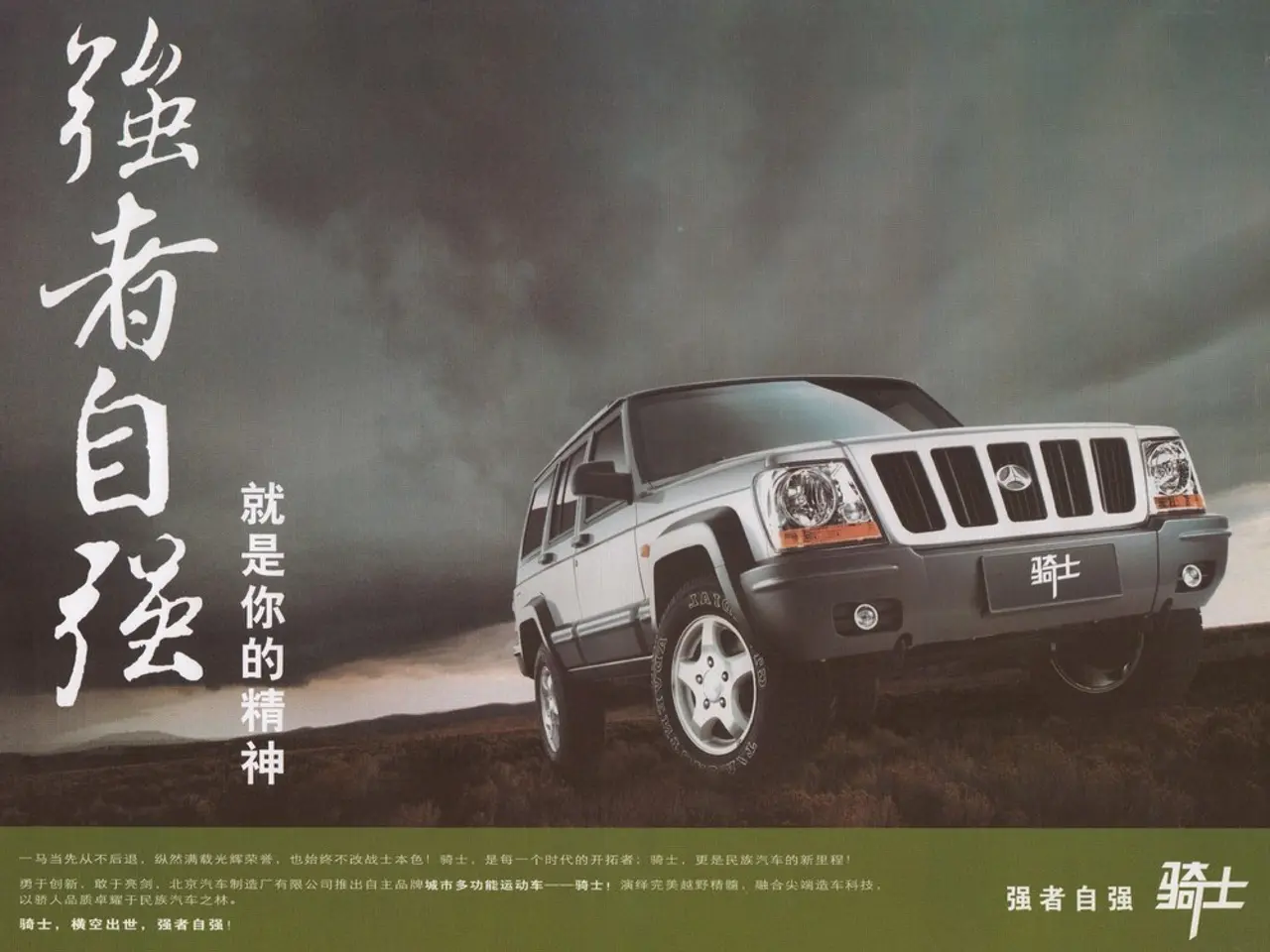Trump Imposes Retaliatory Custom Duties on Certain Imports
In a move aimed at addressing the U.S.-Japan trade imbalance and securing Japanese investment, the Trump administration has increased the tariff on Japanese imports to 15%. This rate, lower than the initially threatened 25%, represents the lowest reciprocal tariff rate negotiated by the U.S. with a major trading partner running a trade surplus.
The tariff hike reflects a strategic effort by the U.S. to ensure a predictable and balanced tariff framework that protects American industry and workers. The U.S. has also leveraged Japanese commitments to invest $550 billion in U.S. strategic sectors such as semiconductors, steel, pharmaceuticals, energy, and AI, which are crucial for economic security and industrial revitalization.
The 15% tariff applies to most Japanese goods, but there are exceptions. Japanese exports under the 15% tariff rate, such as automobiles, face a manageable but still significant cost increase affecting their competitiveness in the U.S. market. Goods with lower or excluded tariffs benefit from somewhat reduced barriers, but the overall U.S. tariff policy still creates pressures to shift supply chains or adjust pricing strategies.
One notable exception is the tariff on Japanese beef, which has been increased to 41%, higher than the general tariff on Japanese imports. However, the tariff on Japanese beef is not part of the tariffs implemented by the Trump administration that were previously mentioned. The increase in the tariff on Japanese beef occurred after the reciprocal tariffs on trading partners, including Japan, went into effect on August 7.
Interestingly, the tariff on Japanese beef is not subject to the agreement not to impose the reciprocal tariff on goods already subject to a tariff of 15% or higher. This agreement applies to other Japanese goods, ensuring that they are not subject to additional tariffs beyond the 15% rate.
The document released by the U.S. government does not include the agreement regarding the tariff on Japanese beef. This suggests that the tariff on Japanese beef may be a separate issue from the tariffs on other Japanese goods.
In conclusion, the U.S. has implemented a 15% tariff on most Japanese goods as part of its trade policies with Japan. This tariff is designed to balance trade and secure U.S. investment. Japanese goods subject to lower tariffs than others benefit relatively by facing reduced trade costs, but the overarching tariff environment still influences trade dynamics and competitiveness. The tariff on Japanese beef, however, is a separate issue and is not subject to the agreement not to impose the reciprocal tariff on goods already subject to a tariff of 15% or higher.
The 15% tariff on most Japanese goods is part of the U.S.'s strategy to ensure a balanced tariff framework, influencing trade dynamics and competitiveness. On the other hand, the tariff on Japanese beef, set at 41%, is a separate issue that is not subject to the agreement on reciprocal tariffs with Japan, as indicated by the absence of this agreement in the U.S. government's document. Furthermore, the escalation of trade policy discussions and legislative updates in the realm of policy-and-legislation significantly impacts politics and general news worldwide.





